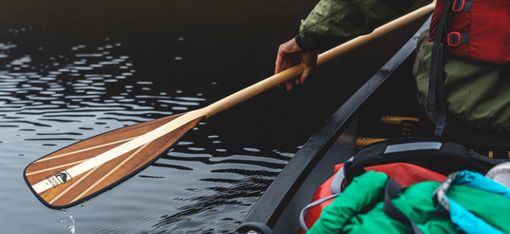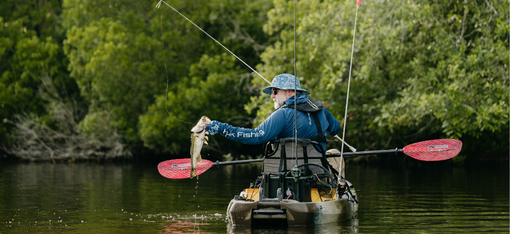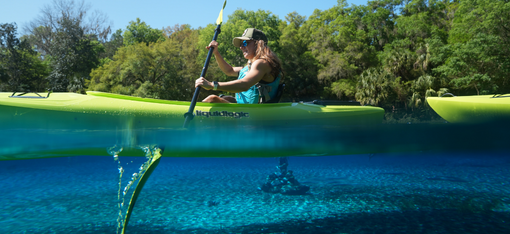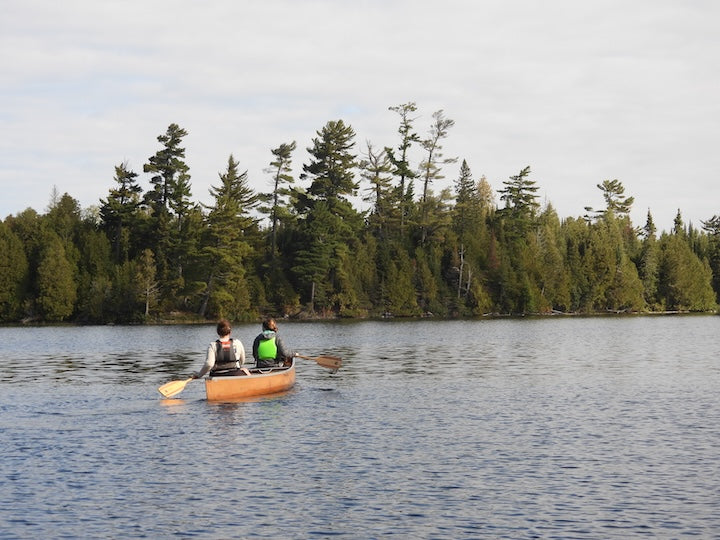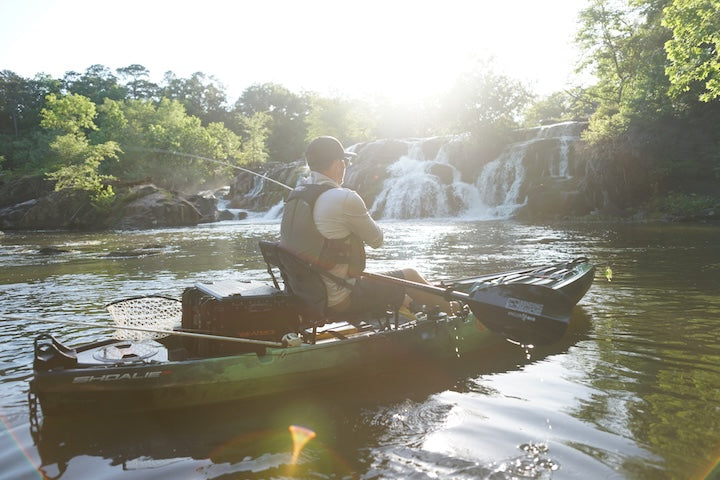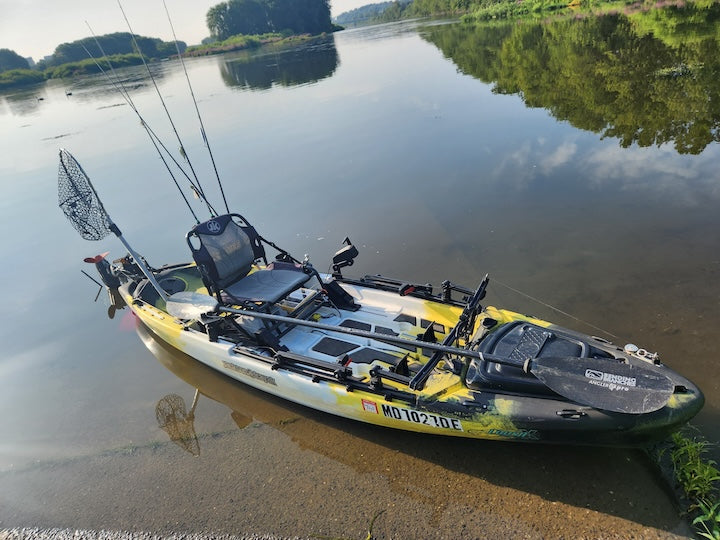Canoe Trip in the Arctic National Wildlife Refuge

Why We Chose to Canoe the ANWR
My family roots are in northern Manitoba where the canoe is a big part of our culture. It’s a traditional and wonderful way of exploring the lands and waterways in northern Canada and the US.
The wilderness is a passion of mine that nurtures my body and soul. I’m very lucky to have friends who feel the same way.
We wanted to experience these barren lands and were drawn to the Arctic National Wildlife Refuge (ANWR) for its beauty, geography, remoteness and wildlife. We chose the Canning River trip in particular because it fit our abilities, is known for wonderful hiking and wildlife (I personally wanted the chance to see muskox and caribou)—and no portages!
This area is also threatened with development related to oil production, so we wanted to see it before any chance of further negative environmental impact.
Getting There: Our Route
Our 19-day canoe and hike trip took us down the Canning River to the Arctic Ocean. We were a self-guided group of three middle-aged women and one man (two Americans and two Canadians), and one amazing dog.

We met in Whitehorse, Yukon for some final preparations, then drove to Fairbanks, Alaska and continued the 260 miles past the Arctic Circle to the small truck stop at Coldfoot Camp.
Coyote Air flew us from there to a remote airstrip in the northern Brooks Mountain Range.
When the plane left us, I felt very small in this vast wilderness, with feelings of both excitement and healthy fear!
We hiked over the alpine tundra of the Brooks Range, then paddled from above the Marsh Fork down the Canning River to the Arctic Ocean (we used folding PakCanoes). At the end of our trip, the folks from Coyote Air flew to pick us up on the coastal plain tundra and return us to our vehicle at Coldfoot.

The Trip of a Lifetime
It was the trip of a lifetime with many highlights and challenges. With the 24-hour daylight, we lost our sense of time in some ways. We settled into a pattern of getting into the mountains or onto the river mid-to-late morning. We hiked, explored and paddled sometimes into the later evening
We had gifts from nature everyday—including fresh morel mushrooms, wild cranberries, bouncing arctic foxes and diverse wild flowers.
Some of most memorable moments:
- Our trip started in the north Brooks Range with wonderful alpine tundra hiking and lots of wild flowers.
- A wolf ran along the river bank howling at us. It must have been trying to communicate with our dog. Our dog didn’t make a sound but we humans howled back and forth with the wolf as it followed our canoes!
- Another morning we paddled around a bend and were both shocked and thrilled to come upon 20 muskox with their babies. We watched them for an hour as they circled their young, kept their eyes on us and continued to graze. It was so amazing to see these animals that can survive in such a harsh land.
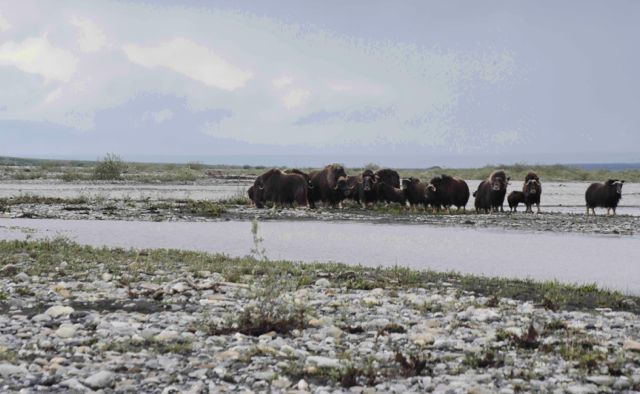
- The vibrant blue aufeis ice along the river was a bit tricky to paddle through, with big chunks breaking off occasionally. Aufeis are ice sheets that form during the Arctic winters. It’s unpredictable and requires extra caution when paddling near it.
- We saw too many snowy owls to count.
- The caribou were amazing. We knew we were in paradise when we could hear them snuffling as they grazed past us.
We were in grizzly country so good camp practices were essential. As we approached the coast we became very aware we were also entering polar bear country. We didn’t carry a firearm but maintained vigilance and had various bear deterrents. My trip mates were so excited to get to the coast, but I was nervous of the polar bears!
Fortunately, as we got to the coast we came upon a small bird research station comprised of a few tents. Two young women researchers were finishing up their work and taking down camp for the season. They were surprised to see us as we paddled up, and graciously allowed us to set up our tents within the bounds of their electric fence and cache our food in their big steel drums.
This gave me a little peace of mind, as did their rifles! I think our company might’ve given them some peace of mind, too, in such exposed tundra.
As always on such trips one has time to reflect and learn about oneself in a deep way. Our group had diverse strengths, including patience, humour and courage as we faced the challenges together.
It was really interesting to get to the coast and see the remnants of DEW Line stations and old Inuit grave sites. Oil production is evident on the coast with faraway sites visible on the horizon.
(DEW = Distant Early Warning. These were a system of stations used during the Cold War all across the far north from Alaska, through Canada, over to Greenland, Iceland and the Faroe Islands. They were used to detect any possible Soviet threats.)

Want to Paddle ANWR, too? Here’s What You Need to Know…
Would I recommend this trip to others? Absolutely…although here are some things to keep in mind if you consider it:
- This is a remote trip so people who are seasoned independent adventurers would enjoy it. You have to be very self-sufficient and resourceful since you may not see any other people out there.
- This is the Arctic—you’ll face potentially harsh conditions. Weather can be extreme from hot to cold, including high winds, rain and snow. Expect a wide range of weather and be aware that it can be particularly foggy on the coast which can lead to delays being picked up.
- Mosquitos are plentiful in places.
- The river can change quickly and significantly on a daily basis, depending on the amount of rain in the mountains. While this trip was not the hardest paddling we’ve done in terms of amount of time paddled each day, it was demanding mentally and physically.
- The river is shallow in parts and very fast as it comes out of the mountains. There were long stretches of 2+ rapids for the first few days. There were lots of rock gardens on the upper half, and gravel beds and aufeis ice throughout. We frequently had to line the canoes (attach a rope to either end and walk it down a shallow stretch).

- The river, particularly the river delta towards the coast, is very braided and requires advanced navigation skills.
- Good gear is essential. Be sure to check it thoroughly before you go, including every dry bag seam. Appropriate clothing goes without saying.
- Be thoughtful of your footwear if you plan to hike. The alpine and coastal plains tundra are wet and there are numerous streams to cross. So rubber boots came in really handy.
- This trip is above the tree line and camping was on tundra or rocky gravel beds. High winds were common, so classic 9” yellow tent pegs were recommended to us and they worked well.
- Plan for leave-no-trace camping—it takes some thought and dedication!
Using My Expedition Plus Paddle
I couldn’t have been happier with my Bending Branches Expedition Plus paddle. On remote trips you really need equipment you can trust. This paddle was comfortable and well-balanced. It gave me confidence knowing it was so sturdy but light enough to paddle long hours.
There was one section of the river coming out of the mountains where there was 15 miles of 2+ rapids, dropping 50 feet per mile in sections, with many rocks. While we put a hole in our canoe in this section, my paddle came through in perfect condition.
Even though I brought another paddle to use when the river allowed for it, I ended up paddling with my Expedition Plus paddle the whole trip. (Many thanks to my friend, Melanie, for recommending it!)

Thanks to Barb for sharing her story and photos with us!
What questions can we answer for you about our paddles? Call or email our Wisconsin-based customer service team today: 715-755-3405 • [email protected]
More posts for you…




